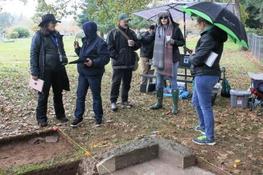 [Photos courtesy of City of Salem/Facebook]
[Photos courtesy of City of Salem/Facebook] The City of Salem's Historic Preservation Plan outlines the efforts that will be taken to preserve and manage Salem's historic resources, both recognized and newly discovered, above ground and below. Quite a charge, wouldn't you say? Good thing Salem has an extremely competent, knowledgeable, and personable professional leading the program, our frequent guest Kimberli Fitzgerald, Historic Preservation Officer. Kimberli gets personally involved with each project, sometimes up to her boot-tops in mud.
| | Public Works staff experienced an inadvertent discovery recently while working on a joint project with the Portland & West Railroad to improve the track crossings on a portion of Front Street. During excavation to lift the tracks, workers found a portion of the Division Street wooden millrace that was thought to have been filled over in the 1920s. The millrace was originally diverted to provide hydropower for the 1878 Scotch Mills on the east bank of the Willamette River. The mill was also known as the Capitol Mills and the Willamette Valley Flouring Mills before being destroyed by a fire of suspicious origin in 1904. Kimberli, SHPO, and PW staff thoroughly documented the site. An engineered apparatus was installed to preserve the site, and the street project was able to continue with only a short delay. Click here to read the whole report, minus the specific location details. |
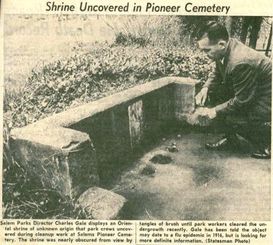
Identifying and interpreting this historic place is an important part of preserving Salem’s history, work that began as early as March 1963, according to a Statesman Journal newspaper article pictured above, right. Capi Lynn of the Statesman Journal recently wrote another article describing the new project. Here are a few pictures of the opening day of the Public Archeology Project you might enjoy. You can find even more pictures on the City's Facebook page.

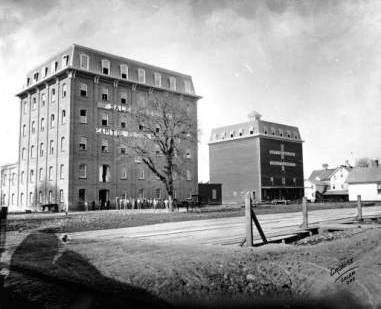
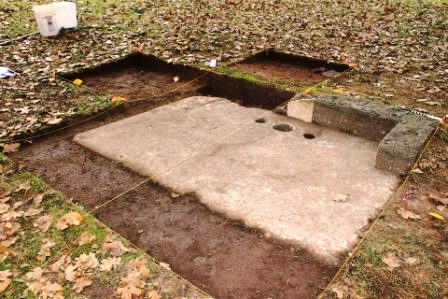
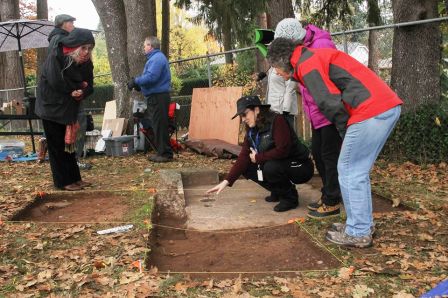
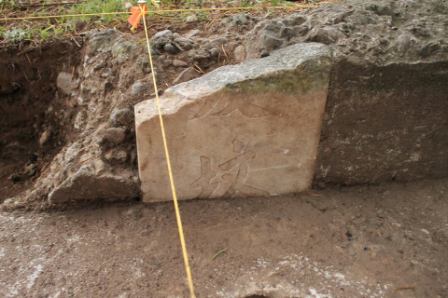
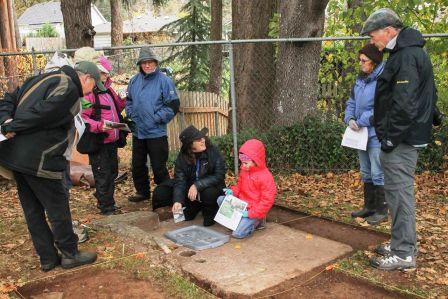
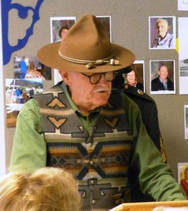
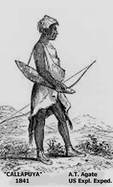
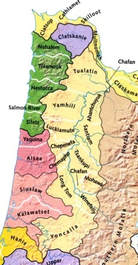
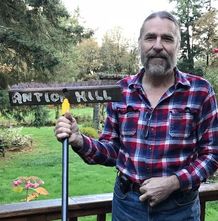

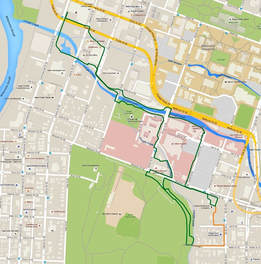


 RSS Feed
RSS Feed